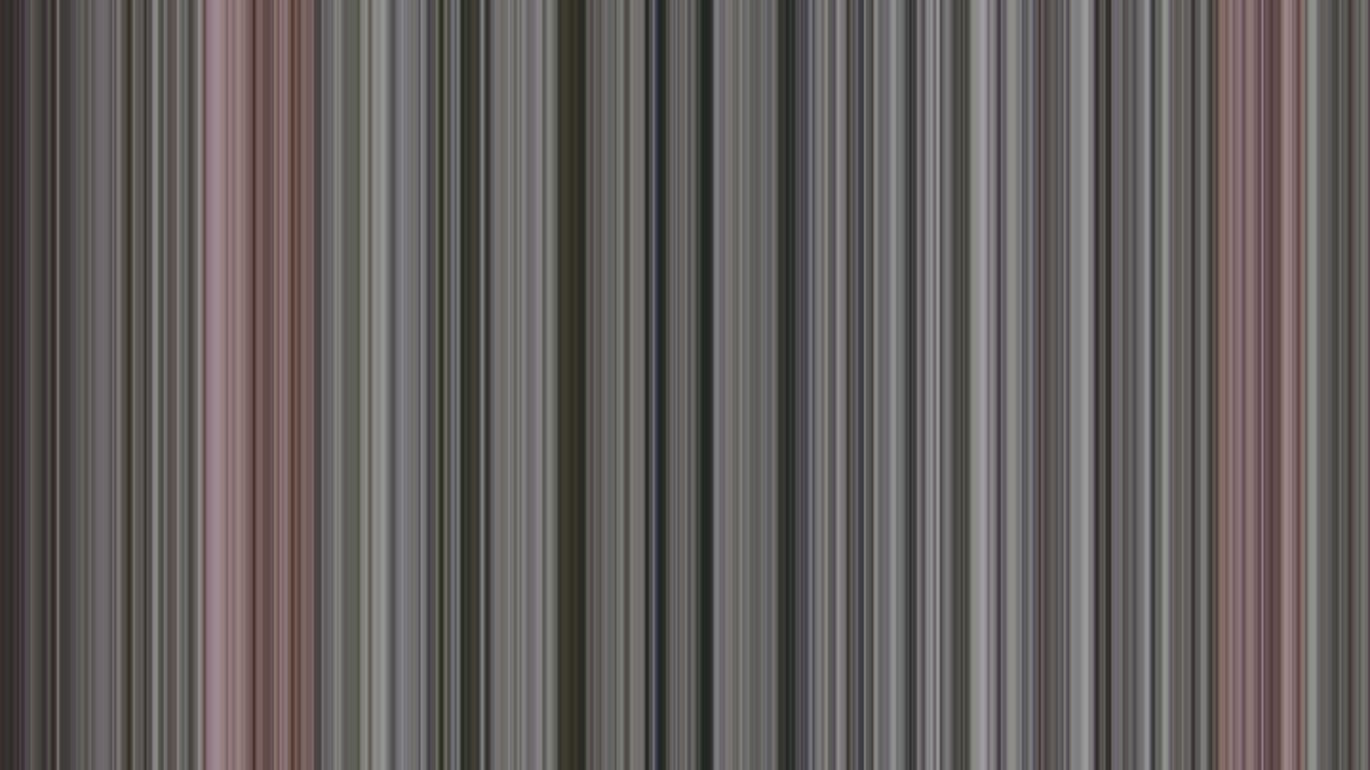the shortest day
In the shortest day, the strip frame image shimmering in pale pink to light and dark gray transforms to something solid. The animated, pulsating slices of color soon divulge a concrete picture. One glimpses branches covered by freshly fallen snow: at first abstruse and blurred, then for a short time, more clearly. A winter picture. Perception drifts continually out of focus, rather than remaining motionless, the picture seems to breath in its own rhythm. Again and again, the motif slips away, eludes final conceivability, is unable to find any peace of mind. The visual element, which is partially not abstracted, is based in the film´s emotional theme.
The film is a counterpart to the 2006 work été, in which, in a melancholic impulse, pulsating life reaches its climax and thereby also the beginning of its end. The longest, and the shortest day - the one, a full life, transforming at that very moment to passing away; the other, in the midst of the darkest time - with the certainty that from this moment on, things will look up: loss. Loneliness. Overcoming pain. Hope. The rigid wintry branches bears something soft within it, something that has already been promised in the translation to Goldt´s color strip language: there are shades of pink, beige, gray - the image is not motionless and rigid, as winter implicates. Yes, it contains life.
The sound, a raw musical fragment from Markus Popp aka Oval underscores the emotional state: the agitation, disbelief; the inner void, which attempts to fill itself. The beat begins unbridled, is restless; it seems to be quivering agitatedly like the strips and the motif growing from them. With a final view of the image, suddenly clearly perceptible, the sound is cut. In the end, the branch dissolves in the discovered silence, and for a few seconds, Goldt´s face appears from out of the darkness. An early self-portrait; with an open, vulnerable gaze. (Margit Emesz)
Translation: Lisa Rosenblatt
the shortest day
2017
Austria, Germany
3 min



